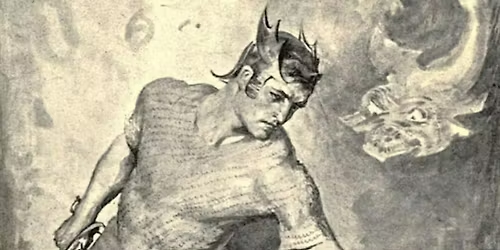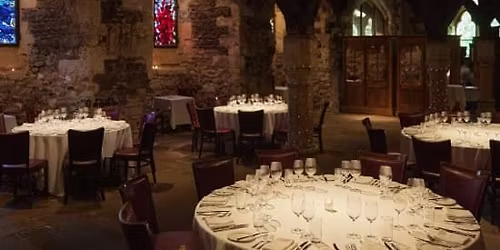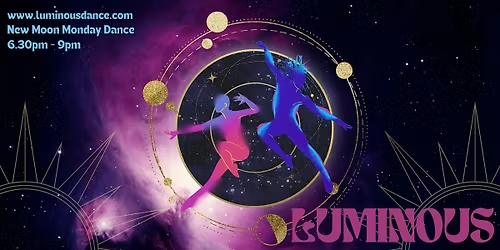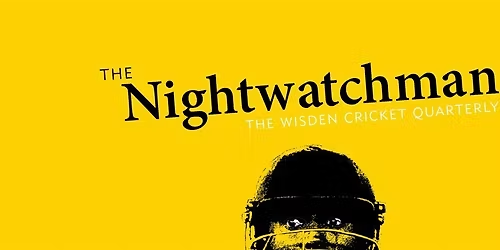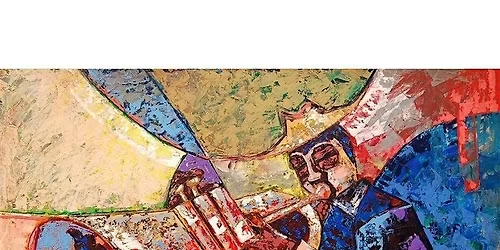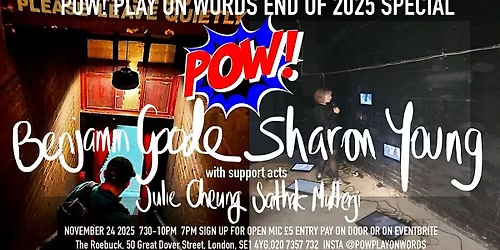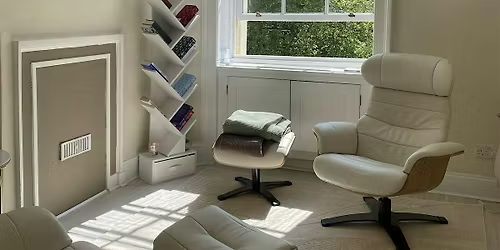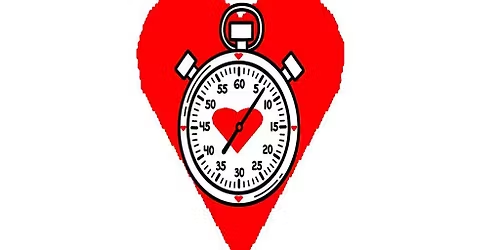
About this Event
Konrad Wolf’s gripping and formally daring drama explores the complex personal and political relationships between East Germans and Soviets, set in the Wismut uranium mines of East Germany in 1950—just one year after the founding of the GDR.
Introduced by Helen Hughes
After fighting off a sexual assault, 18-year-old orphan Lotte Lutz runs away from her job as a farmhand to Berlin, where she is taken in by her older friend Emmi Jahnke. Caught during a police raid in a bar, both are sent to work at Wismut AG in the Ore Mountains (Erzgebirge), an East German mining company under Soviet control that supplies uranium for the Soviet Union’s nuclear armament. Arriving there in October 1950, they find themselves among other forced labourers, former Nazis, Russian engineers, adventurers, and idealists working toward world peace and a communist future. Differing attitudes and loyalties, jealousy, opportunism, and suspicion lead to tensions and affect production. Meanwhile, the lively Emmi reconnects with a former lover, miner Jupp König, and the reserved Lotte—called simply “Lutz” by everyone—attracts the attention of three men: young collier Günter Holleck, foreman Franz Beier, and Soviet engineer Sergej Melnikow. Her eventual choice seems pragmatic but sets her on a path towards self-determination and a socialist future.
The plot of Sun Seekers is as complex as its mix of genres and styles. In many ways a 'Gegenwartsfilm'—a specific GDR genre focusing on contemporary aspects of East German reality, here uranium production—it blends elements of western, melodrama, socialist realism, and neorealism to create a gripping narrative. While delivering a strong socialist message, the film also incorporates criticism of the uranium production system. Konrad Wolf began developing the film in 1955 during a period of political thaw. Facing objections to a rough cut, he eventually cut and re-shot scenes in an act of self-criticism. Nevertheless, accusations of distorting aspects of East German reality persisted.
Although the premiere was scheduled for October 1959, it was cancelled—allegedly on orders from the Soviets, who feared it might jeopardize efforts to halt nuclear armament. The film was not granted permission for its general release until September 1972. While Wolf had a difficult time getting his film seen by an audience, he seems to have enjoyed the process of making it. As his biographers Wolfgang Jacobsen and Rolf Aurich write: “The filming was a happy experience for Konrad Wolf. Above all, he felt at one with his Russian actors. They lived together in the Wismut sanatorium in Antonshöhe, and at night they would walk over the mountains to the village, where they would drink and dance, and Konrad Wolf, ‘a true Bolshevik,’ would sing Russian songs with the actors.”
GDR, 1958, 116 min, b&w, German with English subtitles
Directed by Konrad Wolf, script: Karl Georg Egel and Paul Wiens, editor: Christa Wernicke, camera: Werner Bergmann, set design: Karl Schneider, costume design: Elli-Charlotte Löffler, music (score): Joachim Werzlau, music (performance): Lissy Tempelhof, special effects: Ernst Kunstmann. With Viktor Awdjuschko, Manja Behrens, Norbert Christian, Erich Franz, Ulrike Germer, Erwin Geschonneck, Agnes Kraus, Brigitte Krause, Willi Schrade, Günther Simon.
Find out more about the
Find out more about our cultural events:
Subscribe to our cultural newsletter:
Follow us on social media:
Event Venue & Nearby Stays
Goethe-Institut London, 50 Princes Gate, London, United Kingdom
GBP 3.00 to GBP 6.00

